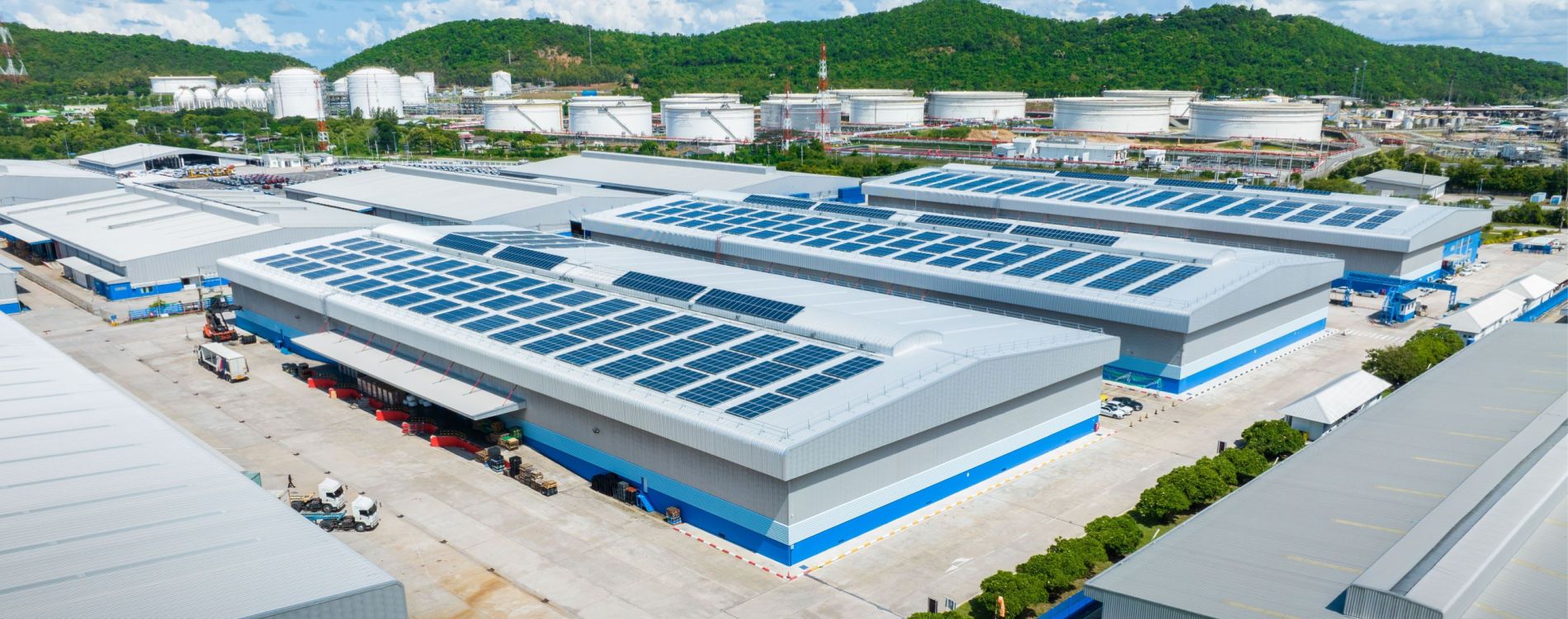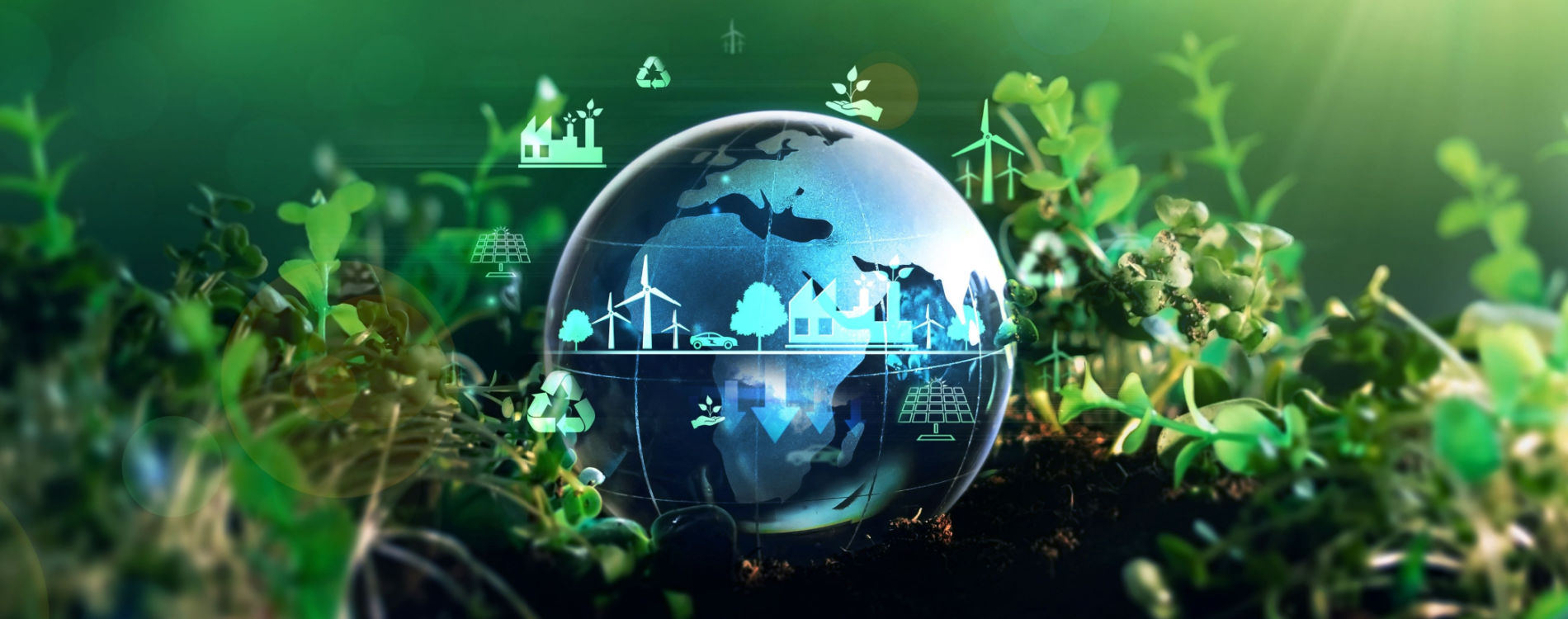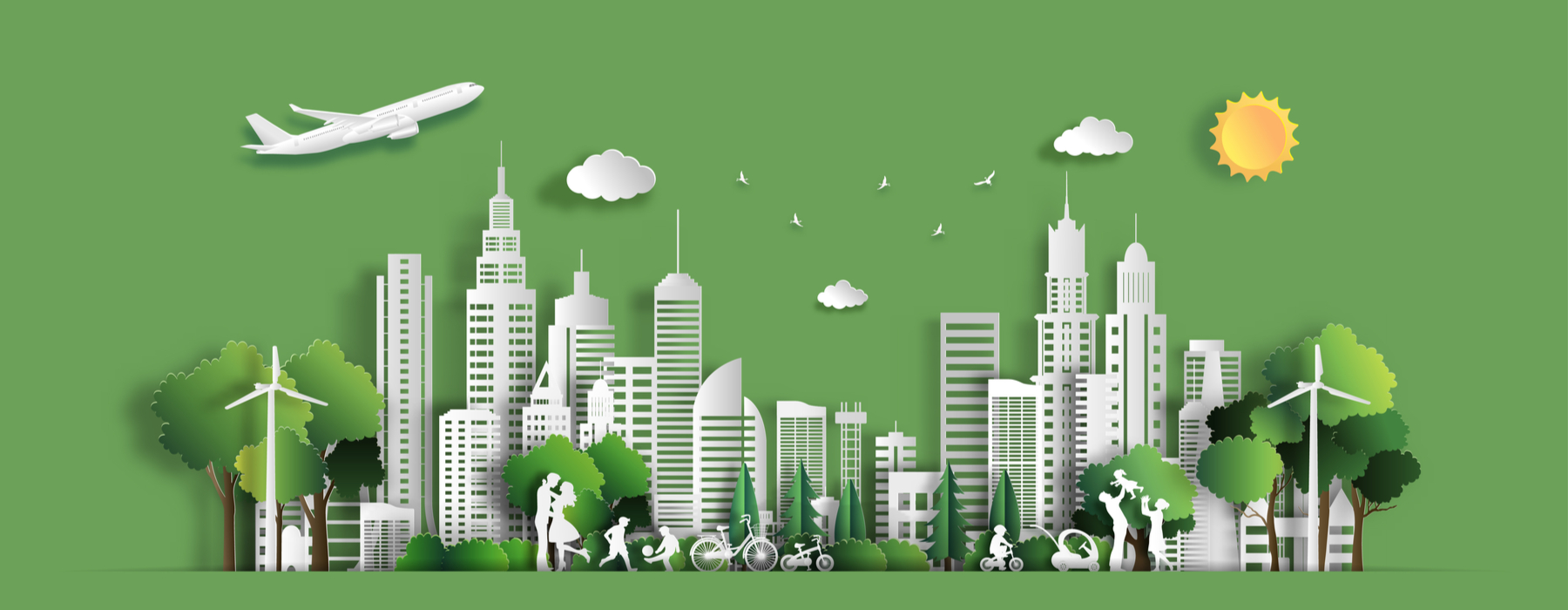New York City has an ambitious emissions reduction target: 80% by 2050, measured with respect to 2005 pollutant levels. This represents a considerable challenge that cannot be addressed with a “one size fits all” solution; each building must be approached as a unique case. However, the Urban Green Council believes an even greater reduction of 90% is achievable by 2050, and proposes five key strategies.
- Driving demand for super-efficient buildings
- Scaling up the retrofit market
- Ongoing improvements in sustainable building policy
- Continuous education for building professionals
- Engaging key players in the market
1) Driving Demand for Super-Efficient Buildings
The Urban Green Council has found that modern construction in NYC suffers from a major weakness, which is excessive use of glass. For a given surface area, glass conducts five times more heat, reducing the performance of both space cooling and heating. Summer heat gain and winter heat loss are both increased with excessive glass, and in both cases the effect is additional energy consumption.
The issue with building envelopes is that they are notoriously difficult and expensive to upgrade once the construction is finished. Consider that a building lasts for decades, and during this time the electrical and mechanical systems are likely to be upgraded many times, but a major modification to the building envelope is unlikely. Triple-pane glass offers a much better building envelope performance than conventional windows, but even the best windows are far outclassed by well-insulated walls.
Thanks to ongoing revisions to building codes, new NYC constructions consume 25% less energy than a decade ago, but savings in excess of 75% will be required for the 80x50 emissions reduction target. NYC property owners are aware of modern lighting and HVAC technologies, but according to the Urban Green Council there is still limited public knowledge about high-performance building envelopes.
The ample use of glass in new constructions has been a consequence of how current building codes are structured. They let designers choose between prescriptive measures, which establish minimum requirements for building elements; and performance-based compliance, where overall building energy usage is assessed. However, performance-based compliance indirectly allows a poor envelope as long as building systems are efficient enough.
In addition to providing energy savings and helping reduce emissions, a high-performance building envelope enhances safety during emergency conditions, such as Hurricane Sandy in 2012. A building with a poor envelope can reach freezing temperatures in a matter of days in the winter, and can become unbearably hot in the summer, while high-performance envelopes are able to maintain suitable indoor temperatures after a week without HVAC.
2) Scaling Up the Retrofit Market
The Urban Green Council estimates that 85% of current buildings will still exist in 2050, which means that retrofits are fundamental to meet the 80x50 emissions reduction target. However, the building retrofit process requires technical knowledge, and only 1% of NYC buildings reach energy code performance through retrofits each year.
In order to increase the number of yearly buildings retrofits in NYC and boost their effectiveness, there are two main priorities: simplifying the retrofit process and identifying best practices. Each building is unique, and property owners may come upon dozens of prospective measures when they start to consider energy efficiency. To get satisfactory results, property owners must be oriented towards measures and practices that actually work.
The Urban Green Council has tracked energy and water use in NYC buildings, every since it was mandated by Local Law 84 of the Greener, Greater Buildings Plan. They have also analyzed the results of energy audits carried out per Local Law 87, identifying key action areas for building retrofits. Space heating and domestic hot water have been identified as promising areas to reduce both energy consumption and emissions:
- Natural gas and heating oil are the most common energy sources for space heating and DHW. As a result, they tend to have a higher carbon footprint that appliances running with electricity.
- Together, space heating and DHW account for 48% of energy usage in high-rise NYC buildings.
3) Ongoing Improvements in Sustainable Building Policy
Policy is very important in any sustainable building initiative. It is understandable that not all property owners have the means to upgrade their building systems to the latest technology available, but there must be minimum performance requirements backed by legislation. The Urban Green Council is helping the NYC government establish policies that will help the city reach its 80x50 target.
The Urban Green Council has recommended many modifications to NYC building codes, focusing on energy efficiency, emissions reduction, and making buildings more resilient during extreme weather events. They are also working on energy efficiency policies for landmark buildings, where the extent of building alterations allowed is limited; and how to remove zoning limitations that hinder sustainability.
The Benchmarking Law (LL84) originally covered just large constructions, but it was expanded to mid-size buildings following the recommendations of the Urban Green Council, providing an even more detailed snapshot of energy and water use in NYC.
4) Continuous Education for Building Professionals
NYC cannot make its buildings greener without the help of qualified professionals. In addition, the 80x50 target is over 30 years into the future, so many of the professionals who will eventually take the lead are still children, or perhaps not even born yet. It is also important to note that building upgrades involve various technical disciplines, and even fields outside of engineering such as law and finance.
The Urban Green Council has taken the lead in green building education. They have developed more than 400 programs and events over the past 15 years, currently reaching around 3,000 professionals per year. Some programs target key areas, such as the NYC Energy Conservation Code and Local Law 87 (Energy Audits and Retro-commissioning).
5) Engaging Key Players in the Market
Green construction in NYC has started to experience success because many major players in the market are convinced of its benefits, including large corporations and real estate developers. The institutional sector has set the example, actively seeking LEED certification for many of its properties. The Urban Green Council partners with industry and environmental organizations towards a common goal - sustainability.







